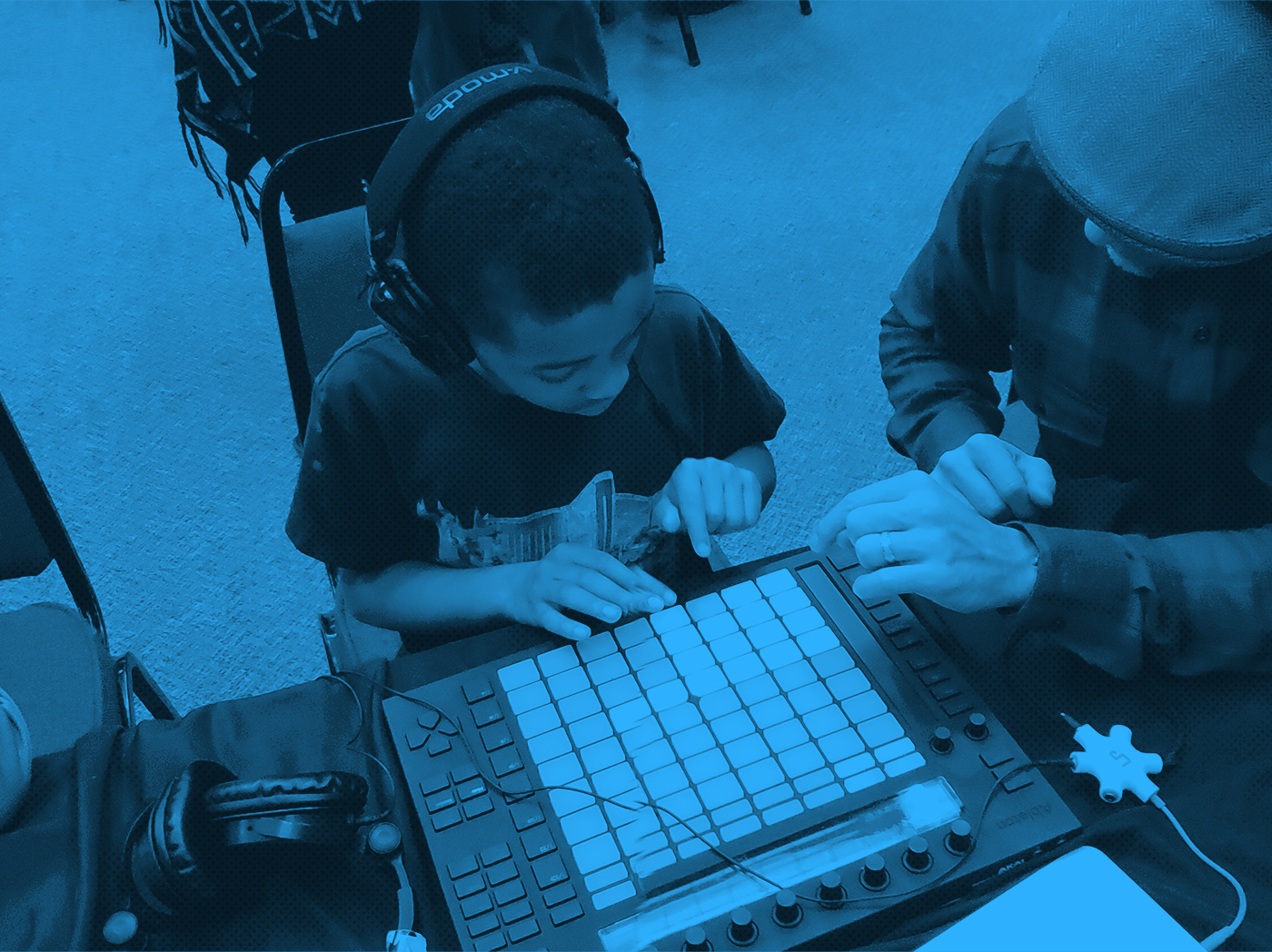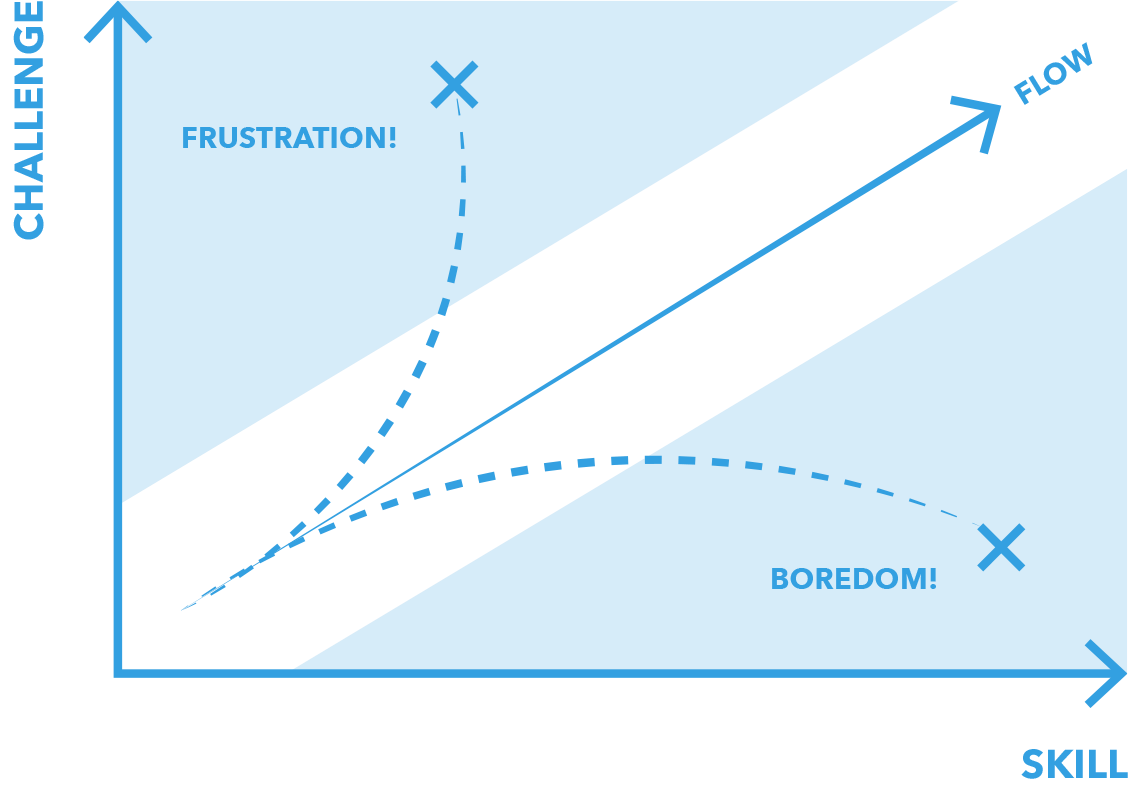
Learning by Doing
We believe that learning is something that is done by you, not something that is done to you. That learning by doing is more effective than simply being told.
Melodics™ enables active learning experiences. Developing skills and understanding through a process of listening, performance, evaluation and practice.
Our goal is to put learners in control of their own journey.
We increase a learner's musical freedom of choice and encourage plotting their own unique path through the learning content.
This is why we don’t level-lock our lessons or restrict access — we feel one should be able to explore and find their own entry point.
We hope this will lead to a transformative experience for learners and a sustained interaction with music making for life.

Making Practice Fun
We believe that people learn best when they’re having fun. We don’t require playing nursery rhymes or tedious exercises before moving on to ‘real’ music.
With Melodics, you’re working with real musical concepts in real musical settings from day one.
You’ll gain skills and confidence throughout your learning journey, exploring a high quality catalog of the songs you know and love, lessons and courses -- all designed by pro musicians to seamlessly compliment your taste and experience.
Melodics' use of contemporary music and instruments, means the familiarity and rhythm not only make sense and feel authentic, but sound and feel great to perform. This amplifies your confidence and validates your progress at a critical stage in your journey.
We don’t seek to use technology to replace existing frameworks for music education. Rather, the new possibilities of technology enables us to explore areas that often get left behind by traditional approaches.

Flow & Music
Everyone has experienced a flow state at some point. Either through music, running, writing, reading or any number of activities.
This diagram explains the concept well. If a task is too challenging the result is anxiety while if it is not challenging enough then the result is boredom. The channel in the middle represents the point where your challenge and ability meet.
The result of operating within this channel is flow. A state of consciousness where there is actually less brain activity because of the high degree of focus upon the task. The result is a feeling of the task flowing from our bodies and mind effortlessly — hence the term flow to describe the feeling.
The amazing thing about this model is that the flow channel is different for everyone. Everyone has a unique balance and it changes both depending on the activity at hand and over time. As you improve there is a need to further challenge yourself to reach that flow state.
It has actually been argued that the primary purpose for the existence of music in the first place is to create deeply gratifying flow states, for both performers and listeners.
Deliberate Practice
Melodics™ uses the principles of a learning method called Deliberate Practice. It’s the process of slowing things down, zooming-in with focus, and deliberately building a great result step-by-step.
These ideas draw heavily from the research of Anders Ericsson and Daniel Coyle. Although they’re often applied to sport and athletic training, they work just as well for building muscle memory and developing musical skills.
Here’s how it works within a Melodics lesson:

Orientation
1: Pick a lesson and listen to it as a whole. It’s important to get familiar with the music you’ll be performing. Use preview mode and then orientate yourself to the finger placements.
Chunking
2: Divide the song into small steps or components. Practice and memorise these separately. Then, link them together in progressively larger groupings. You’ll notice that through the use of steps in each lesson, we do a lot of the chunking for you. As the grades increase and the steps become more difficult, it's useful to divide them up even further. This is achieved using practice mode and setting loops.
Focus
3: Play with time. First slowing the action down and then speeding it up. Slowing down helps you to focus more closely on errors, creating a higher degree of precision. Use features in practice mode such as auto-bpm or wait-mode to build up your muscle memory and reflexes. Be patient with yourself, this can take a while!
Evaluate
4: Pick a part of the song you want to master. Reach for it, then evaluate the gap between your target and the goal and start again. You can track your progress each session and see how you’re going. Detecting mistakes is essential for making progress. This error-focused element of deliberate practice makes it a struggle. This process of ‘brain stretching’ is likely to be frustrating but does lead to growth.
Repeat
5: Keep practicing like this every day. This is the crucial part that so many people forget! Even a small amount such as 5 minutes of deliberate and focused practice every day. This will lead to better results than large infrequent practice sessions that don’t have a structure or focus.